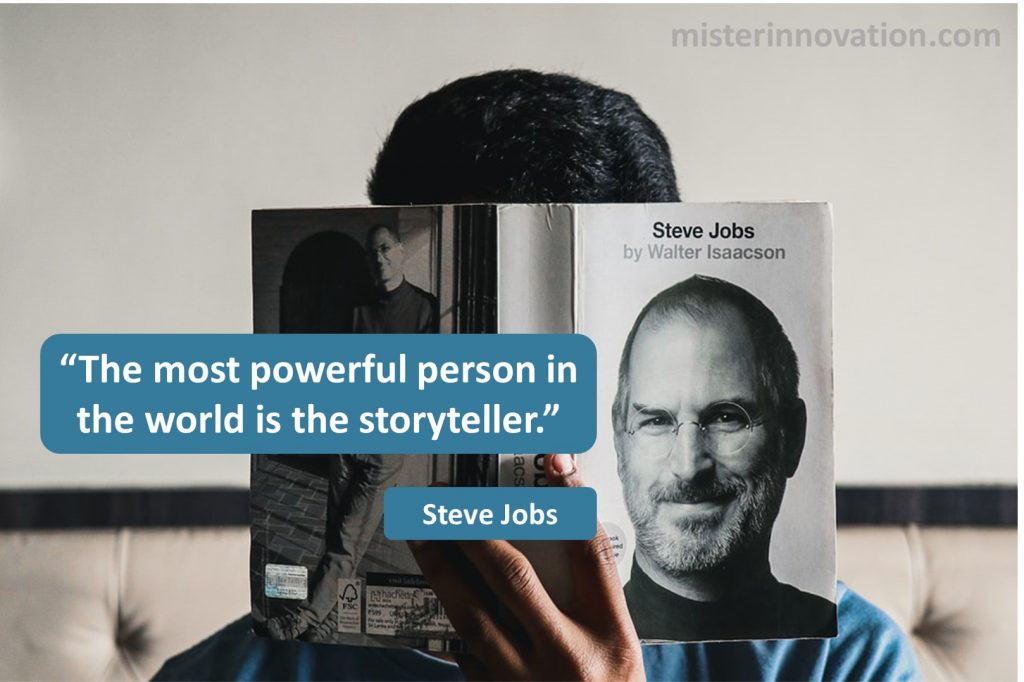
GUEST POST from Art Inteligencia
In an age of rapid transformation, organizations are incessantly seeking ways to stay ahead of the curve. They know that to navigate the turbulent waters of change, trust and transparency are not just ideals to aspire to—they’re essential pillars to build on. Yet, fostering a culture of trust and transparency to support change initiatives often eludes even the savviest leaders. In this article, we’ll explore how to cultivate these critical elements through robust strategies and inspiring case studies.
The Vital Role of Trust and Transparency
Trust is the foundation upon which all relationships are built. Without it, any effort to initiate change is likely to be met with resistance, suspicion, or outright rejection. Trust promotes open communication, collaboration, and the willingness to take risks—all indispensable during periods of change.
Transparency, on the other hand, is the mechanism through which trust is earned and maintained. Transparent practices ensure that employees are kept in the loop about the what, why, and how of change initiatives. It tackles the unknowns head-on, thereby reducing anxiety and uncertainty.
Strategies to Cultivate Trust and Transparency
- Open Communication Channels: Encourage employees to voice their concerns, offer suggestions, and ask questions. Ensure that communication is a two-way street, thereby validating their input and fostering a sense of inclusion.
- Consistent and Clear Messaging: Develop a coherent narrative around the change initiative. Ensure that everyone understands the objectives, the benefits, and the roadmap.
- Lead by Example: The leadership team must embody the principles of trust and transparency. Actions speak louder than words, and employees will look to their leaders for cues on how to behave.
- Empowerment and Autonomy: Allow employees to take ownership of their roles within the change initiative. Empowerment fosters a sense of accountability and reinforces trust.
- Recognition and Feedback: Regularly acknowledge efforts and achievements. Constructive feedback keeps the momentum going and builds a culture of continuous improvement.
Case Study 1: The Transformative Journey of Company X
Company X, a global manufacturing giant, was losing its competitive edge due to outdated processes and dwindling employee morale. Capturing the zeitgeist, their leadership embarked on a sweeping digital transformation initiative aimed at overhauling everything from supply chain operations to customer service interactions.
Trust and Transparency in Action:
- Open Forums: Company X conducted a series of town hall meetings where top executives shared the comprehensive plan for digital transformation. They answered questions and openly discussed potential challenges and their solutions.
- HR Initiatives: A new internal platform was introduced for employees to anonymously provide feedback and suggest innovations. HR frequently published aggregated data and responded to common concerns, thereby reinforcing transparency.
- Empowerment Programs: Teams were encouraged to pilot small-scale projects that aligned with the larger transformation goals. Successful initiatives were scaled company-wide, showcasing trust in employees’ capabilities.
Outcome:
Employee engagement soared, reducing turnover by 20% within the first year. Operational efficiencies improved, with a 15% reduction in cycle time in manufacturing processes. More importantly, the cultural shift laid a solid foundation for continuous improvement and resilience against future challenges.
Case Study 2: Tech Firm Y’s Agile Transformation
Tech Firm Y specialized in software development but found itself struggling with long product development cycles and mismatches between product offerings and customer needs. Leadership decided to pivot to an agile methodology to promote faster iteration and close alignment with customer expectations.
Trust and Transparency in Action:
- Agile Training: Comprehensive training programs were rolled out to educate employees about the principles and practices of Agile methodology. This was not a one-time event but an ongoing commitment to continuous learning.
- Daily Stand-ups: Daily stand-up meetings were instituted across all teams to discuss progress, roadblocks, and immediate next steps. This practice ensured transparency and collective problem-solving.
- Inclusive Roadmap Planning: Roadmap planning sessions were inclusive, involving multi-disciplinary teams to ensure that every voice was heard and that plans were transparent and well-understood.
Outcome:
The company witnessed a 25% reduction in project lead times and a 30% increase in customer satisfaction scores. Even more crucially, the transformation bolstered an inclusive culture where everyone felt invested in the company’s success.
Conclusion
Trust and transparency are not just values to hang on the wall; they are actionable, measurable, and indispensable during times of change. By following these strategies and learning from these exemplary case studies, organizations can pave the way for successful change initiatives that are not only accepted but embraced by their teams.
By investing in a culture that values open communication, consistent messaging, and leadership by example, you create an environment ripe for innovation and ready to navigate the complexities of modern business landscapes.
In a world where the only constant is change, let’s strive to make trust and transparency our most steadfast allies.
Bottom line: Understanding trends is not quite the same thing as understanding the future, but trends are a component of futurology. Trend hunters use a formal approach to achieve their outcomes, but a methodology and tools like those in FutureHacking™ can empower anyone to be their own futurist and trend hunter.
Image credit: misterinnovation.com
![]() Sign up here to get Human-Centered Change & Innovation Weekly delivered to your inbox every week.
Sign up here to get Human-Centered Change & Innovation Weekly delivered to your inbox every week.



 Have you got the numbers in your mind?
Have you got the numbers in your mind?